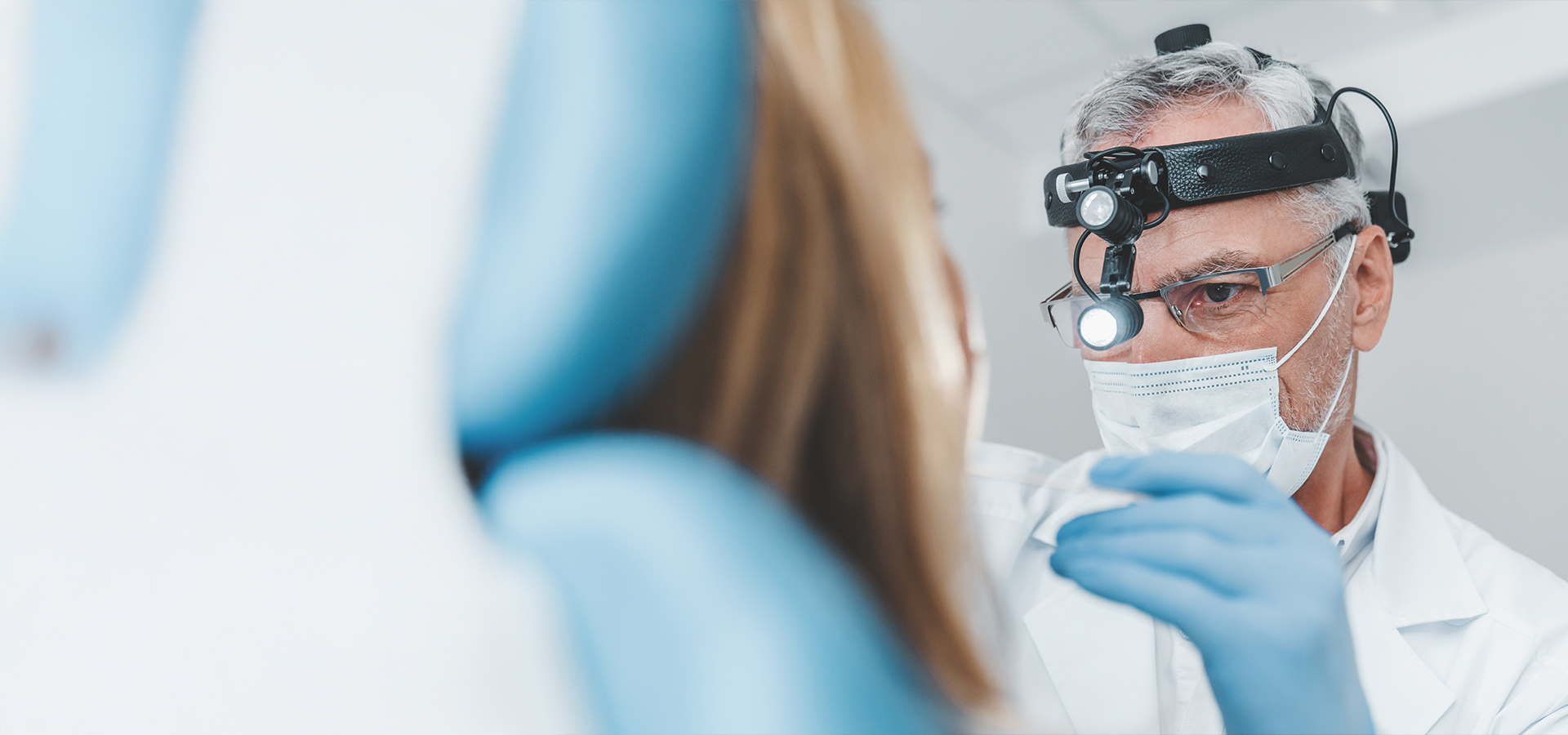
Stroboscopy at Becker ENT & Allergy: Advanced Diagnosis Tool for The Voice
Stroboscopy is a specialized diagnostic procedure used to evaluate vocal fold function and detect abnormalities within the larynx. By utilizing a strobe light in conjunction with endoscopic techniques, stroboscopy provides a detailed, slow-motion-like view of the vocal cords in action. This enhanced visualization allows otolaryngologists and speech language pathologists to assess vocal fold vibration patterns, identify lesions, and diagnose various voice disorders with greater precision.
At Becker ENT & Allergy, our team of experienced ENTs and speech language pathologists use stroboscopy to accurately diagnose and develop personalized treatment plans for patients experiencing voice-related concerns. Understanding the intricacies of this procedure can help patients feel more at ease and informed when seeking care for their vocal health.
What Is Stroboscopy?
Stroboscopy is a minimally invasive diagnostic technique that combines a rapidly flashing light source with endoscopy to observe the vocal folds during phonation (voice production). The strobe light emits flashes at specific intervals, creating an optical illusion of slow-motion movement, which enables clinicians to examine the vibratory behavior of the vocal cords in detail, giving a more specific understanding of their physiology and possible pathology.

Why Is Stroboscopy Used?
Stroboscopy is utilized to assess various aspects of vocal fold function and to identify potential abnormalities. The procedure is particularly valuable for:
Types of Stroboscopy
There are two primary methods of performing stroboscopy, each utilizing different types of endoscopes:
Flexible Stroboscopy
This method employs a flexible endoscope inserted through the nasal passage to reach the larynx. It allows for a comprehensive examination of the vocal folds during various speech and singing tasks, making it suitable for dynamic assessments.
Rigid Stroboscopy
In this approach, a rigid endoscope is introduced through the mouth to visualize the vocal cords. While it provides high-resolution images, it is typically limited to sustained vowel sounds due to the positioning of the scope. It can be used once a diagnosis is established and the clinician wants to check up on that specific pathology in the future.

Preparing for Stroboscopy

How Is Stroboscopy Performed?
The stroboscopy procedure is typically conducted in an outpatient setting and involves the following steps:
A topical anesthetic may be sprayed into the nasal passages or throat to enhance patient comfort during the insertion of the endoscope.
Anesthesia Application
Depending on the chosen method (flexible or rigid), the endoscope is carefully introduced through the nose or mouth to visualize the larynx.
Endoscope Insertion
The patient is asked to perform specific vocal tasks, such as sustaining vowel sounds at different pitches to assess the vocal fold vibrations.
Vocalization
The clinician observes the vocal fold function in real-time and will record the exam to play back and explain to the patient
Observation and Recording
What to Expect During and After the Procedure
Patients undergoing stroboscopy may anticipate the following:
During the Procedure:
- Mild Discomfort: Some individuals MAY experience slight discomfort or a gagging sensation during endoscope insertion, but the topical anesthetic helps alleviate these feelings, and some patients describe no discomfort at all.
- Brief Duration: The procedure typically lasts between 1 to 2 minutes.
After the Procedure:
- Temporary Numbness: The effects of the topical anesthetic may persist for a short period, causing temporary numbness in the throat or nasal passages.
- Immediate Resumption of Activities: Most patients can return to their normal activities, including eating and drinking, shortly after the procedure.
- Discussion of Findings: The clinician will review the results with the patient and discuss any necessary follow-up or treatment plans.


Why Choose a Voice Specialist?
Selecting an ENT (Ear, Nose, and Throat) or speech language pathologist who is a voice specialist for stroboscopy ensures comprehensive evaluation and management of voice disorders. These specialists possess:
The team at Becker ENT & Allergy offers comprehensive voice care with state-of-the-art diagnostic tools to ensure accurate diagnosis and personalized treatment.
Philadelphia Locations and Contact Information
If you are experiencing persistent voice issues, hoarseness, or other vocal concerns, the experienced voice specialists at Becker ENT & Allergy can provide expert evaluation through stroboscopy. Becker ENT & Allergy offers stroboscopy services at our Philadelphia locations:
Walnut Street Office
1608 Walnut St Suite 902
Philadelphia, PA 19103
Phone: (215) 929-8301
South Street Office
1740 South St Suite 401
Philadelphia, PA 19146
Phone: (215) 671-6330


